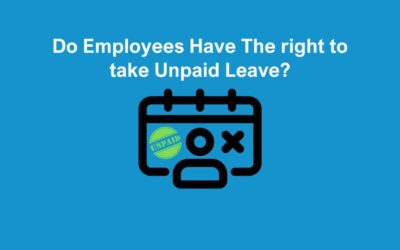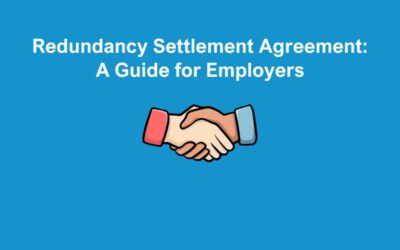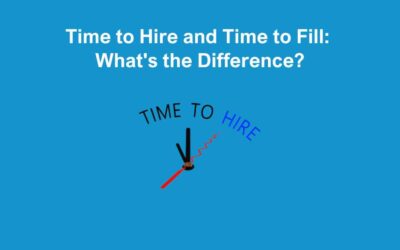A Employee referral scheme is a benefit that many businesses offer to ensure they find quality and reliable candidates. It’s also a great way to show employees how much you value their opinion. This not only helps to boost moral, it’s also a great method to retain good staff.
Referral marketing can spread the word about your business, while sourcing the perfect candidate at the same time. Marketing ads and campaigns are expensive, so why not save money and allow your employees to advertise for you?
What is an Employee Referral Scheme?
A refer a friend scheme is a recruitment method to encourage staff members to recommend family, friends, and previous colleagues to apply for new vacancies within the business. If the person referred is successful, the employee will then be rewarded with benefits such as a bonus, gift vouchers, or days off.
What are the Benefits?
It can be a long and difficult process when looking for the perfect candidate for the job. Candidates not only need to have the skills, it’s also important that they fit in well with the team. This is something you don’t need to worry about when welcoming a referred candidate to the team.
Refer a friend can also save time and money. By recruiting an employee through this scheme, you won’t have to rely on agencies and social media ads to promote vacancies. The bonus will also likely cost less than the recruitment campaign.
Employee referral schemes shows staff that they are valued and trusted. This can lead to better retention and recommendations.
What rules should you include?
It’s important to be transparent on the rules and payments. For example, managers can recommend friends and family to work in your business, but they shouldn’t be involved in the hiring process for the particular vacancy for someone they have recommended.
How much should you pay an employee that has recommended someone to work for you? Firstly, you would only pay when someone successfully joins, not on the recommendation. Payments will be based on your current recruitment costs. For example, you might want to think about £200 per hire, and then a further payment on successful completion of probation period. This encourages people to recommend people who will be a good fit, and likely to stay in the business, which will help your retention rates.
For roles that are difficult or expensive to fill, you could offer a higher payment (or less for roles that aren’t expensive to fill). There’s no right or wrong payment amount, what’s important is that you have rules and these are communicated to everyone. You should also be clear when payments will be made, for example someone joining your team on 27 September may not receive payment until their October salary.
If you would like to find out more about implementing a refer a friend recruitment scheme to your business, you can contact us on 01383 668178 or email us at info@thehrbooth.co.uk.







